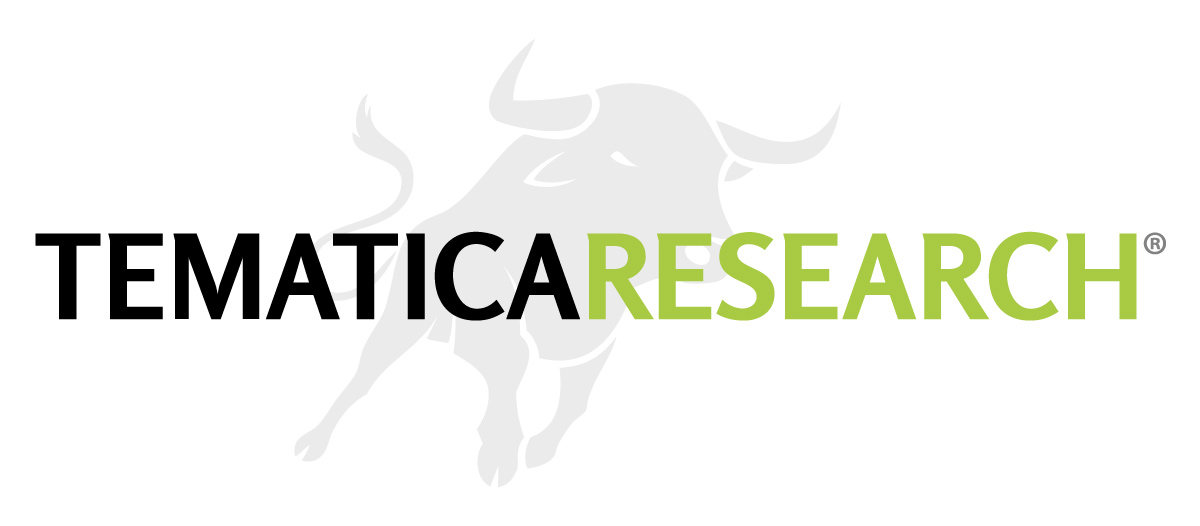Strong Economy, Really?
Last week I pointed out that the data coming in wasn’t exactly painting a picture of an increasingly robust economy that would warrant the Fed tightening rates.
Last Thursday we learned that initial jobless claims rose again the last week of February to 320,000, significantly above expectations of 295,000. We also learned that US Factory orders fell 0.2% versus an expected increase of 0.2%. Friday we received impressive headline jobs data, but it didn’t exactly jive with much of the rest of what we are seeing in the economy and upon a closer look, the fall in the unemployment rate was driven more by people leaving the workforce than by new jobs, and those newly filled jobs were skewed towards lower paying industries.
Today we learned that retail sales fell for the third consecutive month in February as a mix of bad weather and consumer caution outweighed an improving labor market and cheap gasoline prices. Sales at retailers and restaurants decreased 0.6% last month to a seasonally adjusted $437 billion, the Commerce Department said Thursday. Retail sales fell 0.8% in January and 0.9% in December. We also learned that business inventories growth was flat in January versus expectations for 0.1% increase… but what is even more concerning is the sales to inventory ratio, which is back to where it was back in the depths of the financial crisis!
So much for the economy getting back on track.
In fact, Tuesday the Wall Street Journal ran an article entitled “Recession’s Impact Lingers for Many States,” which pointed out that 30 states are still below their peak, pre-recession tax revenue receipts. The states that are actually above their last peak include North Dakota and Texas, which are likely to suffer going forward with the impact of plummeting oil prices. We’ve also seen US GDP expectations for Q1 tanking, (today’s retail numbers reinforcing this) with many forecasting in the 1.5% range, which given the increasingly soft data coming in, seems wise. Prior forecasts were north of 2% at the beginning of the year.
Additionally, inflation expectations remain firmly muted with yields indicating that investors expect US consumer prices to rise in the neighborhood of 1.7% a year for the next 10 years, dropping from 1.9% just last week – more of that dropping price thing. In addition, consumer credit growth is moderating, auto sales appear to be topping out and the Case-Shiller 20 city price index shows home price inflation has slowed to 4.5% year-over-year from 13.4% last year. So far, nothing screams out a need for tightening, particularly in light of the defacto tightening resulting from the rising dollar. In fact, if the Fed did tighten in June, it would be the first time in the past 30 years that it has done so with a rising dollar. We do see tightening also occurring on the fiscal side where the federal deficit is shrinking significantly.
The Euro has now dropped below $1.05 for the first time in about 12 years and is down around 33% from its highs against the dollar, last seen in April 2008 and down around 12% since the beginning of the year.
As the ECB gets cranking on its 10-year sovereign debt purchases, yields have once again hit record lows yesterday in Germany, Belgium, the Netherlands, Italy, Ireland and Spain. The 10-year US Treasury rate at 2.2% is over 9.5x the 10-year bund, a phenomenon never before seen. With the US one of the few places to get any kind of yield on sovereign debt, it is unlikely that dollar strengthening will cease. So not only do foreign investors get better yields in the US, the dollar is most likely strengthening against your currency, jacking up returns even more.
Diverging monetary policies are continuing to affect domestic equity markets as we see the US materially underperforming Europe and Japan in 2015, which is a complete reversal from 2014. Monetary policy clearly continues to dominate equity markets post-financial crisis. We believe this is likely to continue further into 2015, making international market indices more attractive. Investors can access these market easily through ETFs such as the relatively new Recon Capital DAX Germany (DAX), iShares MSCI France Index (EWQ) or MAXIS Nikkei 225 Index ETF (NKY).




